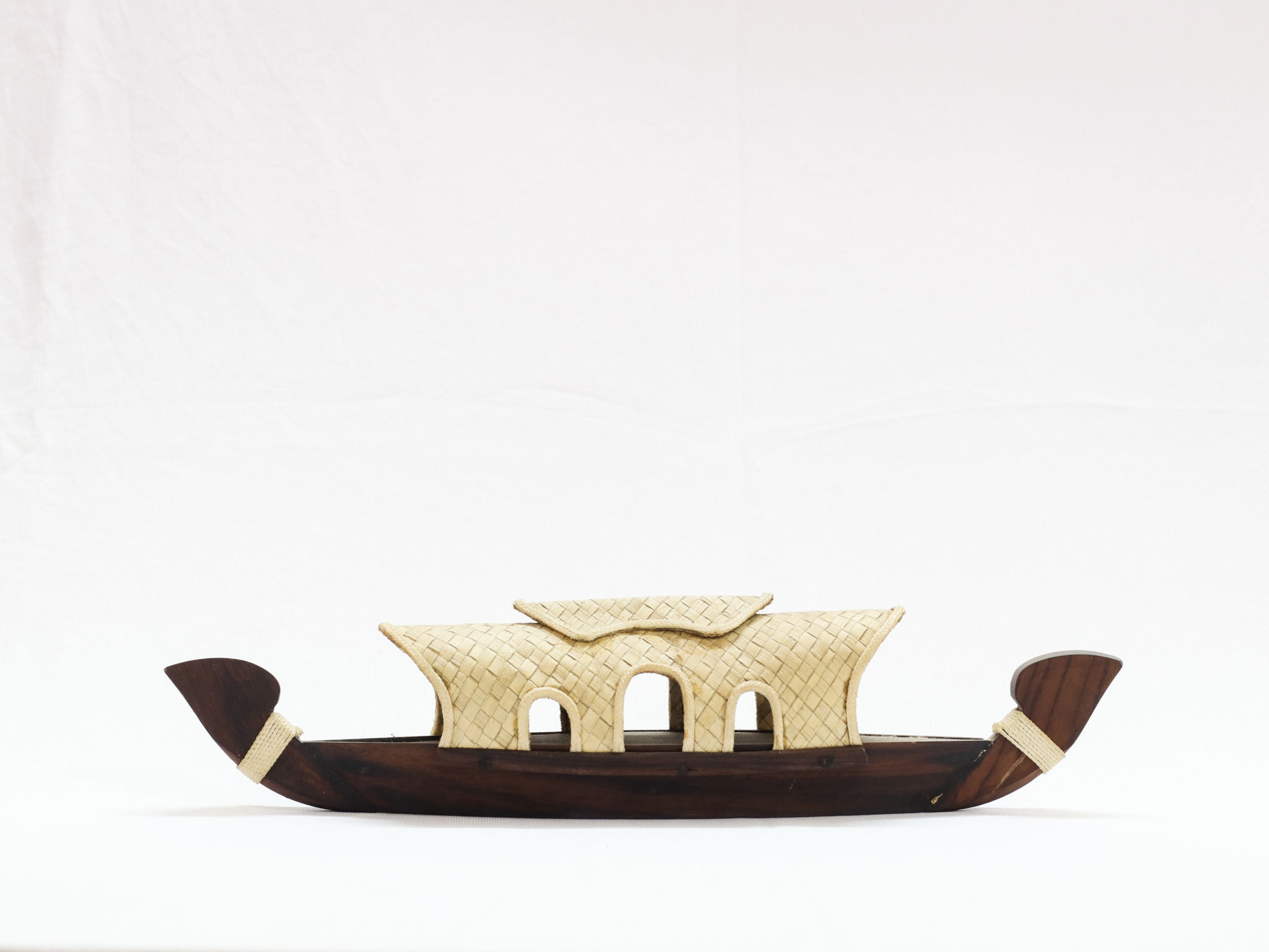Comparing Traditional vs. AI-Driven Boat Design Techniques
Introduction to Boat Design Techniques
The world of boat design has witnessed remarkable transformations over the years. The traditional methods, which heavily relied on human expertise and manual calculations, have now been met with modern innovations driven by artificial intelligence (AI). As we navigate through these changes, it’s crucial to understand the distinct characteristics and advantages of both traditional and AI-driven boat design techniques.

Traditional Boat Design: A Timeless Craft
Traditional boat design is an art form that has been honed over centuries. It relies on the craftsmanship and intuition of experienced designers who use their knowledge of materials, hydrodynamics, and aesthetics to create vessels. This method often involves hand-drawn designs and physical models to test concepts. While it is time-consuming, the personalized touch and attention to detail often result in boats that are unique and meticulously crafted.
One of the key strengths of traditional boat design is the deep understanding of materials like wood, metal, and fiberglass. Designers in this field often have a rich heritage of techniques passed down through generations, enabling them to create boats that are both functional and beautiful. However, this approach can also be limited by the designer's experience and the labor-intensive processes involved.
Limitations of Traditional Techniques
While traditional techniques offer a rich heritage and unique craftsmanship, they come with certain limitations. The process can be slow and costly due to the manual labor and intricate detailing required. Furthermore, testing and modifications can be cumbersome, often requiring physical prototypes that are expensive to build and adjust.

AI-Driven Boat Design: The Future of Innovation
AI-driven boat design is revolutionizing the industry by offering faster, more efficient ways to create and optimize boat models. This approach uses advanced algorithms and machine learning to simulate various conditions and predict performance outcomes. By analyzing vast datasets, AI can suggest optimal designs that enhance speed, stability, and fuel efficiency.
One of the standout benefits of AI-driven design is its ability to rapidly iterate on designs without the need for physical prototypes. This not only reduces costs but also accelerates the development process. Furthermore, AI tools can integrate complex variables into simulations, ensuring that designs are tested under a wide array of conditions before they ever hit the water.
Advantages of AI-Driven Techniques
The main advantage of AI-driven techniques lies in their ability to handle complex computations swiftly and accurately. Designers can explore a broader range of possibilities without being constrained by time or resource limitations. Additionally, AI can identify patterns and insights that might be overlooked by human designers, leading to innovative solutions that push the boundaries of traditional thinking.

Bridging Tradition with Technology
While AI offers exciting possibilities, it doesn't render traditional techniques obsolete. Instead, there is a growing trend towards integrating both approaches to harness their respective strengths. Traditional craftsmanship provides a rich understanding and appreciation for design aesthetics, while AI contributes precision and efficiency.
Design teams are increasingly using AI as a tool to complement their expertise rather than replace it. By doing so, they can produce boats that reflect both the timeless beauty of traditional methods and the cutting-edge innovation of modern technology.
The Future of Boat Design
The future of boat design lies in a balanced synergy between tradition and technology. As AI continues to evolve, it will undoubtedly influence how boats are designed and built. However, the essence of traditional craftsmanship will always remain an integral part of the process, ensuring that each vessel is not just a product of technology but also a work of art.
In conclusion, both traditional and AI-driven boat design techniques have their own unique advantages and challenges. By understanding and integrating these methods, the industry can continue to innovate while honoring its rich history of craftsmanship.